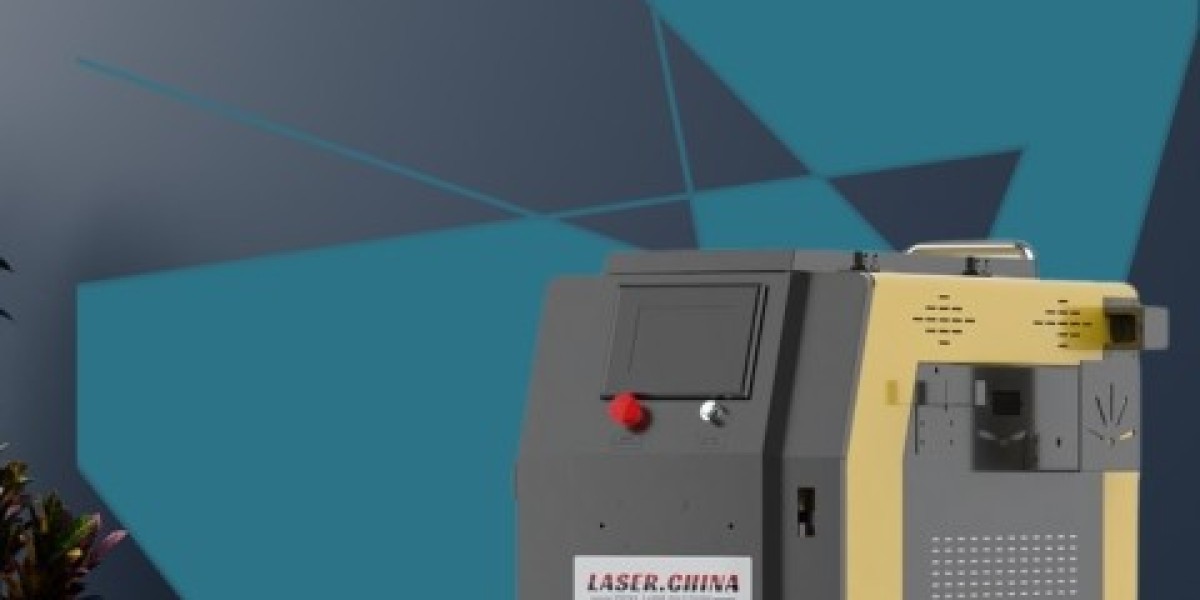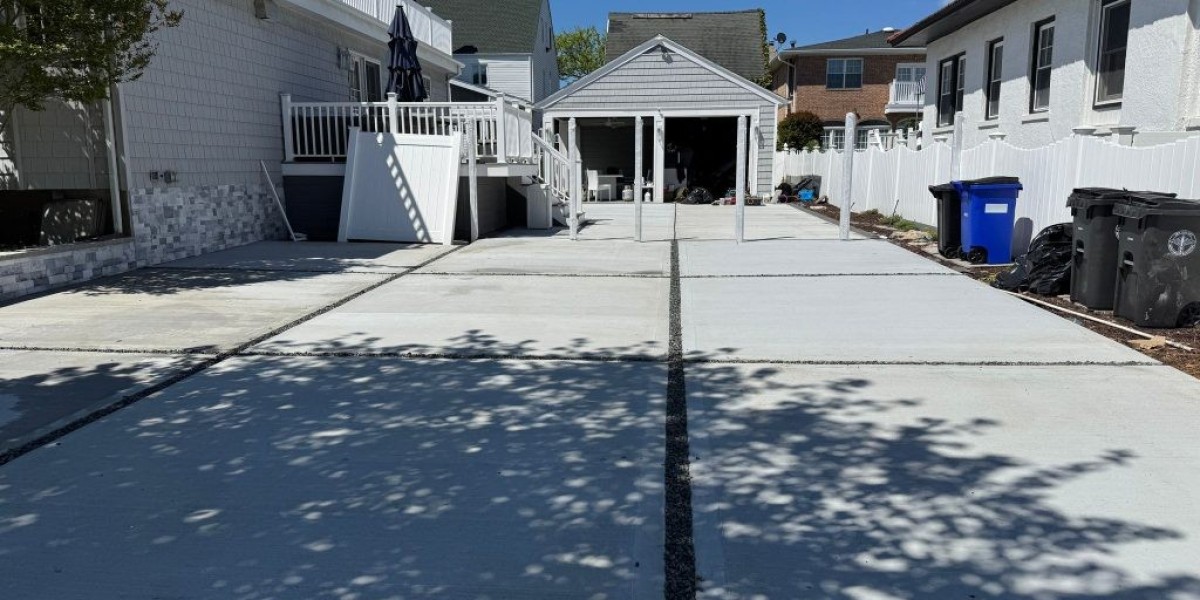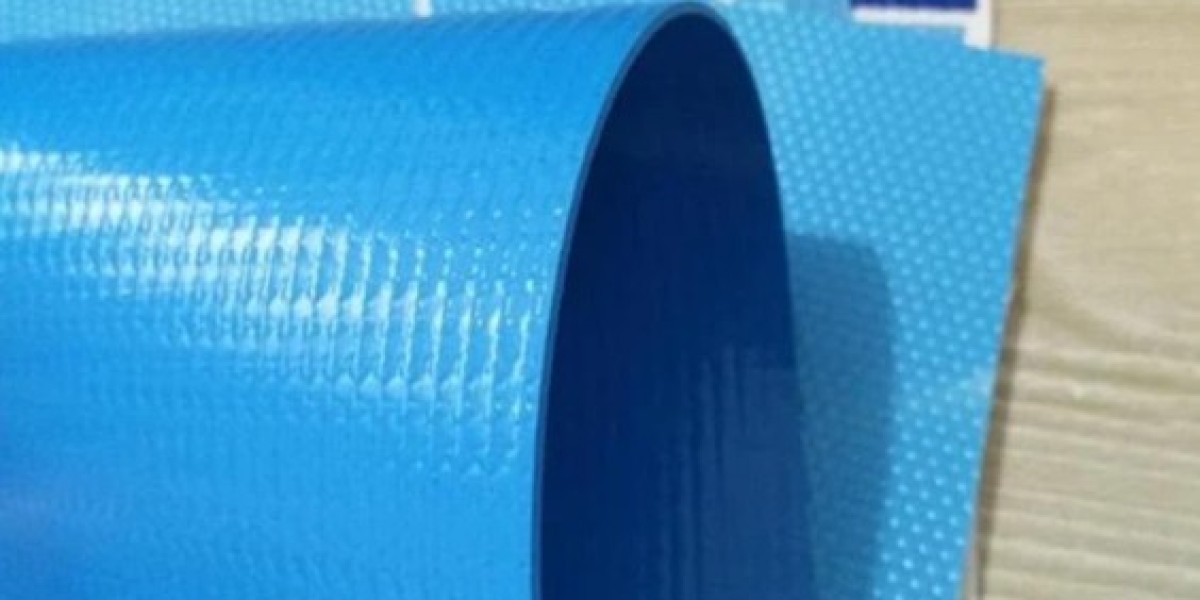Introduction: What Is a Laser Rust Removal Machine?
A laser rust removal machine, also known as a laser cleaner, is an advanced device that uses high-energy laser beams to remove rust, paint, oil, oxides, and other contaminants from metal and non-metal surfaces—without harming the base material. Unlike traditional abrasive or chemical methods, this technology offers precise, eco-friendly, and cost-effective surface cleaning.
Laser rust removers are being used in industries like automotive, aerospace, construction, and manufacturing, making them a versatile solution for businesses focused on efficiency and sustainability.
Key Benefits of Laser Rust Removal Machines
| Feature | Laser Cleaning Technology | Traditional Cleaning Methods |
|---|---|---|
| Contactless Cleaning | Yes | No |
| Damage to Base Material | Minimal to None | High (abrasive wear or corrosion) |
| Consumables Required | No (uses only electricity) | Yes (chemicals, sand, water, etc.) |
| Environmental Impact | Eco-friendly, zero waste | Chemical waste, dust |
| Operational Costs (long-term) | Low | High (due to maintenance and supply) |
| Surface Cleaning Speed | Fast and automated | Moderate to slow |
How Laser Cleaners Work: The Science Behind the Spark
Laser cleaners work using pulsed fiber laser technology. A laser beam is focused on the rusted surface, heating and vaporizing the rust without affecting the substrate. The machine is typically controlled by a handheld gun or mounted on automated systems, depending on the application.
The key mechanism is called laser ablation, where laser energy interacts with contaminants, causing them to evaporate or detach from the surface through rapid thermal expansion.
Why Industries Are Shifting to Laser Rust Removal
Precision Without Damage
Unlike sandblasting or grinding, laser rust removal is non-abrasive. This makes it ideal for delicate components such as aircraft parts or historical artifacts.Reduced Downtime
No need for chemical application or cleanup. Laser cleaners offer plug-and-play convenience and minimal maintenance.Increased Worker Safety
With no use of harmful chemicals or airborne particles, it's a much safer option for industrial environments.Automation Ready
Integrate with robotic arms, CNC systems, or conveyor lines for seamless industrial automation.
Use Cases of Laser Rust Removal Machines
1. Automotive Restoration
Remove rust from car chassis, body panels, and engine components without disassembly or material loss.
2. Shipbuilding and Maritime
Clean corroded steel, propellers, and hulls, often in high-salt environments where traditional methods are impractical.
3. Historical Preservation
Restore bronze statues, ancient tools, or heritage infrastructure with zero damage to the original surface.
4. Tool & Die Maintenance
Remove built-up grease, oxide, and surface contaminants from dies, molds, and high-precision tools.
FAQ: Everything You Need to Know
Q1: Is laser rust removal safe for all materials?
Laser rust removal is safe for most metals like steel, aluminum, copper, and some plastics when proper settings are used. It's important to test on small areas for materials with low melting points.
Q2: Does it require special training to operate?
Most modern systems are user-friendly with intuitive interfaces. Basic safety and handling training is recommended, especially for high-power industrial units.
Q3: How much maintenance does a laser rust remover need?
Minimal. Fiber lasers have long lifespans (up to 100,000 hours), and maintenance usually involves simple cleaning of optics and cooling systems.
Q4: What are the power options available?
Available in 20W to 2000W+, with higher power enabling deeper and faster rust removal. Portable handheld units often range between 100W to 300W, ideal for mobile use.
Q5: Can I use laser cleaning outdoors?
Yes, but ensure adequate eye protection and limit environmental variables such as wind and moisture that can scatter the beam.
Choosing the Right Laser Cleaner: Buying Tips
Power Rating: Choose 100W–300W for light use; 1000W+ for industrial applications.
Cooling Type: Air-cooled for portability; water-cooled for heavy-duty usage.
Laser Source Brand: Look for IPG, Raycus, or MAX laser sources for durability.
Beam Size & Focus: Adjustable focus heads give better control over different surfaces.
Portability: Trolley-based or backpack units for field jobs; cabinet models for factory use.
Service & Warranty: Opt for providers offering at least 2–3 years warranty and local service support.
Final Thought
laser rust removal machine is not just an innovation—it's a paradigm shift in how industries approach cleaning, restoration, and sustainability. Whether you're a manufacturer, engineer, or restoration expert, investing in laser cleaning can reshape productivity and precision in your operations.







